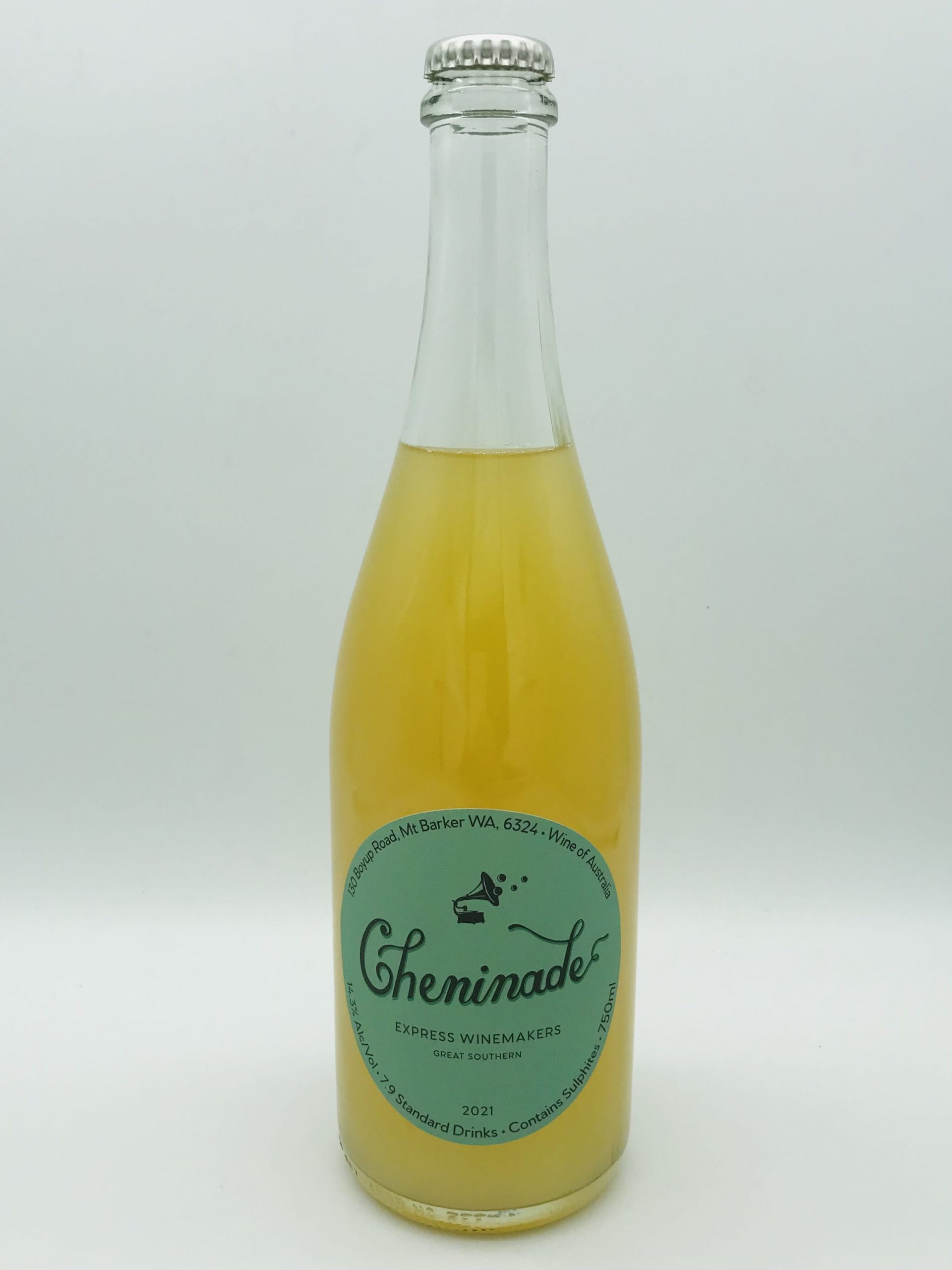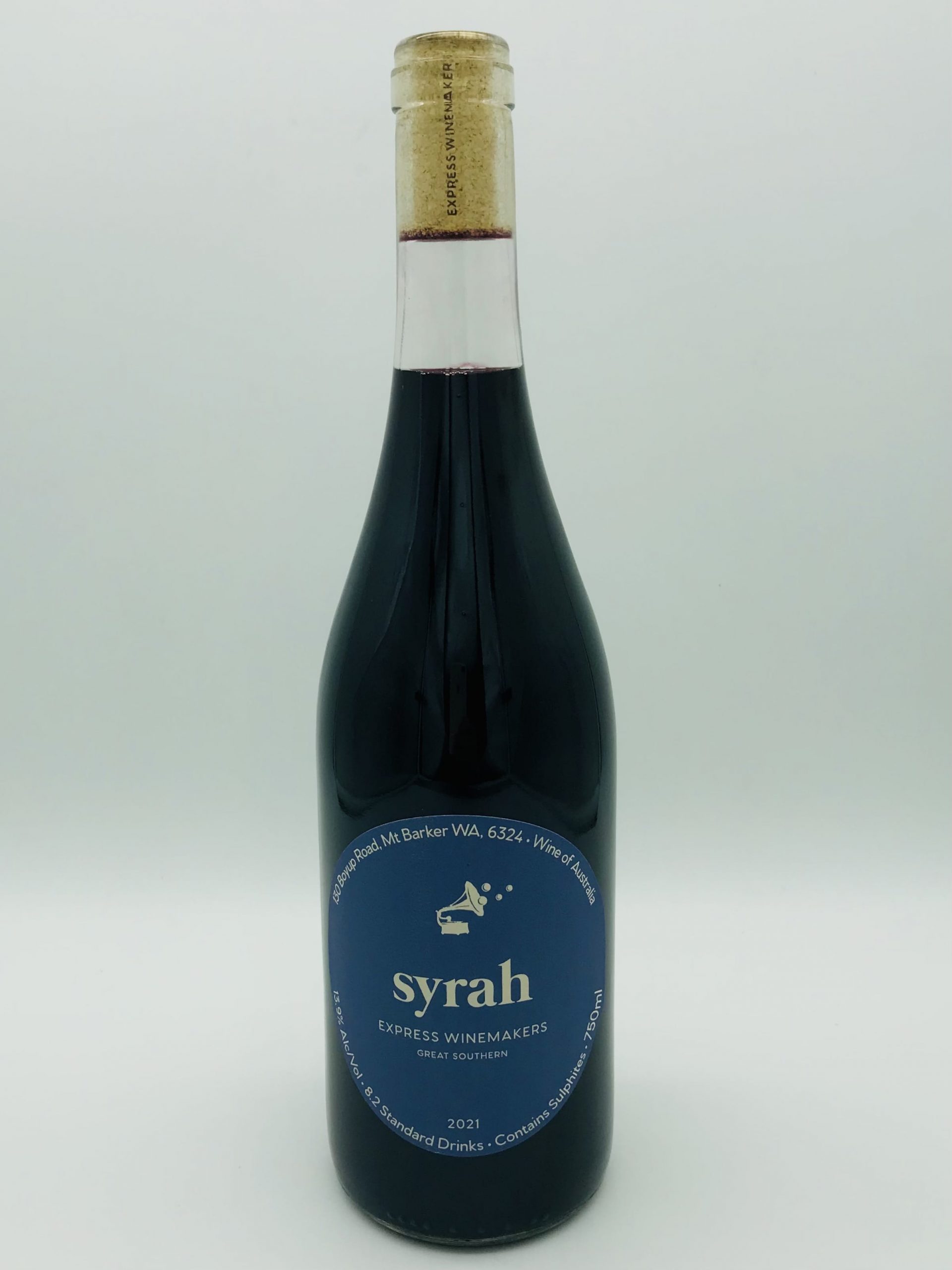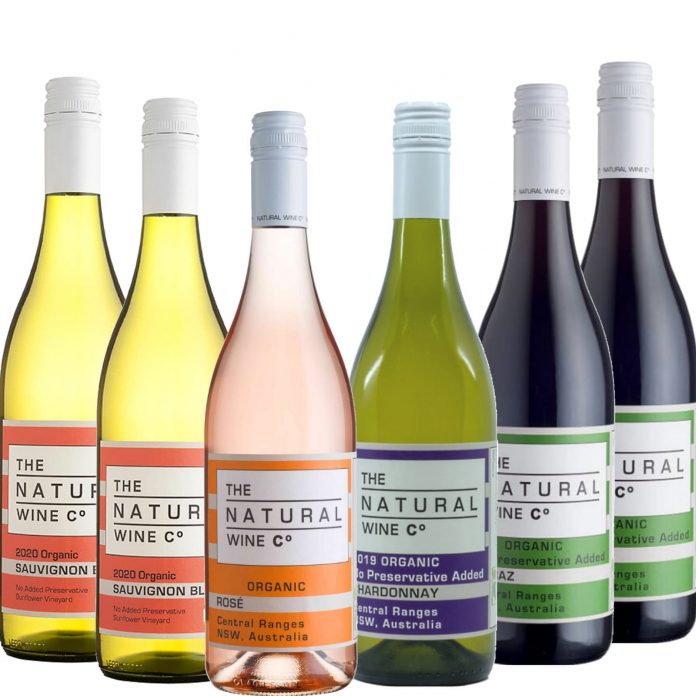I’m hearing a lot about natural wine and I’ve tasted a few, but what do winemakers mean by natural wine?
In conventional winemaking a wide range of processing aids and additives may be used, but not in natural winemaking. The yeast used occurs naturally on the grape skins and no preservatives are added.
In France Natural wine has been given formal recognition under the designation ‘Vin Méthode Nature’, a strictly defined term including 12 points of difference from conventional wine making.
The vines are not sprayed with pesticides, the grapes are hand-picked early and usually crushed as whole bunches. Special attention is given to winery hygiene and wine temperature to prevent off-flavours. Initial fermentation is in an open tank and at a critical point the wine is transferred to bottle to finish.
There is no secondary fermentation and no additives. It is turning grapes into wine with minimal human intervention.
Natural wines are different in both appearance and taste. Many are cloudy, as they are unfiltered, but the palate flavour often has greater length and depth than conventional wines.
Natural sparkling wines – commonly referred to in French as Pétillant-Naturel or slightly sparling – are some of the most interesting.
Not everyone will like natural wines, but those that do will prefer them above all others. The only way to find out is to try one or two.



Blind Corner Rosé 2018 is from Margaret River. It is made predominantly from Shiraz grapes with some Semillon thrown in. The winemaker describes it thus: “Pink and fluffy like a pair of novelty hand-cuffs, this rosé is perfect for when you want to get a little bit naughty, but don’t want to go all the way. It was picked, crushed and pressed before being wild-fermented in stainless steel, with a small portion drained from a second pick and wild-fermented in oak. RRP $18.
The Natural Wine Co. Lightly Sparkling White 2021, made from Chardonnay this wine has aromas of citrus blossom and lime. The palate is lightly spritzed, refreshing with flavours of apple and melon while demonstrating texture and complexity. This is an innovative wine at only eight per cent alcohol, and that’s quite difficult to achieve without ending up with a sweeter wine. This wine is not sweet, it’s a light easy drinking sparkling wine, enjoy the refreshing cool bubbles. RRP $20.
The Natural Wine Co. Lightly Sparkling Rosé 2021. This wine is made from Sangiovese fruit. It displays aromas of raspberry and lime. The palate is lightly spritzed, refreshing and balanced whilst showing texture and complexity. It is quite dry and light with flavours of citrus, apple and melon and refreshing cool bubbles. RRP $20.
Express Winemakers practise organic viticulture in the Great Sothern. They use no synthetic chemicals and don’t irrigate the vines. The fruit is hand-picked and foot-crushed as whole bunches. The resulting must is fermented using natural yeasts and bacteria on the grape skins. The wine is not fined or filtered.


Cheninade 2021. The fruit comes from organically farmed Trappers Gully vineyard in Mount Barker. It is made from Chenin that was bottled while it was still fermenting. It is unfiltered and therefore cloudy and spritzy. It displays aromas of stone fruit with a lively palate blending tropical, citrus and savoury characters with cleansing acidity. RRP $30.
Syrah 2021 has the usual cool climate Shiraz aromas of fruit, pepper and other spice with a distinct perfume more similar to European Syrah than Aussie Shiraz. The palate has gamey flavours with a touch of oak, a velvety mouthfeel and fine tannin. RRP $30.





























